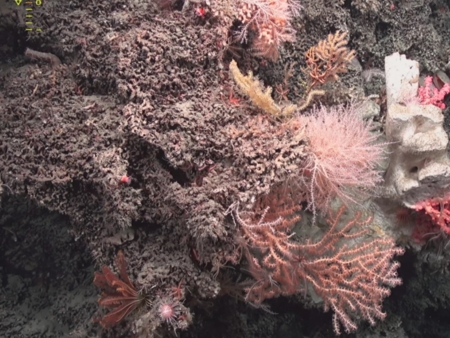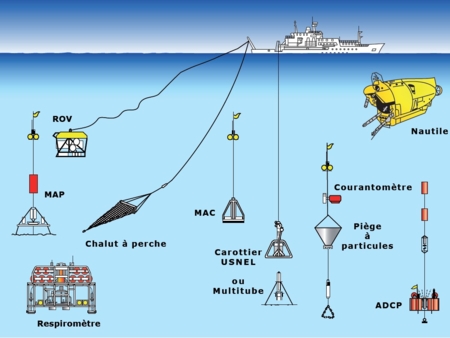A variety of substrates for methanogenesis
Paru dans Case Studies in Chemical and Environmental Engineering
Cozannet, M., Le Guellec, S. & Alain. K. (2023).
The number of methanogenesis substrates known to date has increased more than six-fold since the late 80s, bringing to 152 the number of proven substrates for methanogenesis, plus 41 putative substrates predicted on the basis of ‘omic’ and biochemical data. In particular, it was demonstrated that new classes of substrates, such as halogenated compounds, sulfur compounds or aromatics, enable methanogenesis. In this article, which straddles the boundary between a scientific paper and a review, we take stock of all these known and putative substrates, and calculate Gibbs free energy changes under standard biological conditions for methanogenesis. Out of all the substrates for methanogenesis, two-thirds of the ΔG0′ r values calculated lie between 0 and –30 kJ mol 1 CH4. We discuss the sources of these substrates, the environments in which they occur and the taxa that use them to produce energy through methanogenesis. Given the diversity of anoxic environments in which these different substrates are found, methanogens could populate a greater number of ecological niches than previously thought.










